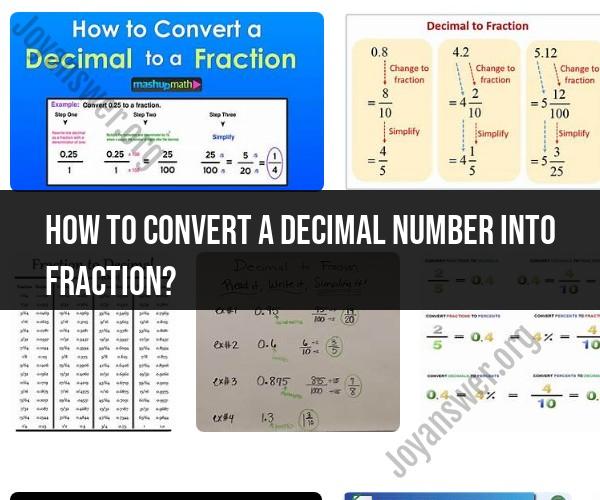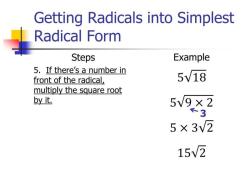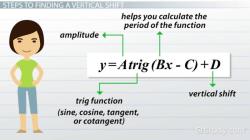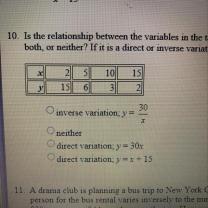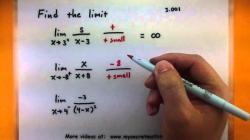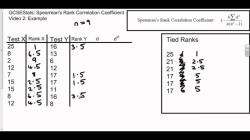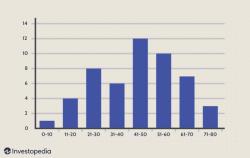How to convert a decimal number into fraction?
Converting a decimal number into a fraction involves a straightforward process. Here are the steps to convert a decimal to a fraction:
Identify the Decimal:
- Write down the decimal number that you want to convert into a fraction.
Determine the Place Value:
- Count the number of decimal places in the decimal number. This will help you determine the denominator of the fraction.
Create a Fraction:
- Write the decimal number as the numerator of the fraction.
Determine the Denominator:
- The denominator of the fraction is based on the number of decimal places:
- For one decimal place, use 10 as the denominator.
- For two decimal places, use 100 as the denominator.
- For three decimal places, use 1000 as the denominator.
- And so on, adding as many zeros as there are decimal places.
- The denominator of the fraction is based on the number of decimal places:
Simplify (if Necessary):
- If possible, simplify the fraction by dividing both the numerator and denominator by their greatest common divisor (GCD) to reduce it to its simplest form.
Here are a few examples:
Example 1: Converting 0.5 to a fraction
- Decimal: 0.5
- Place value: One decimal place
- Fraction: 5/10
You can simplify 5/10 by dividing both the numerator and denominator by their GCD (which is 5 in this case):
So, 0.5 is equivalent to the fraction 1/2.
Example 2: Converting 0.125 to a fraction
- Decimal: 0.125
- Place value: Three decimal places
- Fraction: 125/1000
You can simplify 125/1000 by dividing both the numerator and denominator by their GCD (which is 125 in this case):
So, 0.125 is equivalent to the fraction 1/8.
By following these steps, you can convert a decimal number into a fraction. Keep in mind that some decimal numbers may result in fractions that are already in their simplest form, while others may require simplification.
Converting Decimal Numbers into Fractions: Step-by-Step Guide
To convert a decimal number into a fraction, follow these steps:
- Write the decimal number as a fraction over 10. For example, the decimal number 0.3 can be written as 3/10.
- Multiply the numerator and denominator by 10 for every digit after the decimal point. For example, the decimal number 0.36 can be written as 36/100.
- Simplify the fraction by dividing the numerator and denominator by the greatest common divisor (GCD).
Here is an example of how to convert a decimal number into a fraction using the steps above:
Decimal number: 0.36
Write the decimal number as a fraction over 10: 36/100
Multiply the numerator and denominator by 10 for every digit after the decimal point: 36/100
Simplify the fraction by dividing the numerator and denominator by the greatest common divisor (GCD): 9/25
How to Transform Decimals into Fractions with Ease
There are a few tips that can make it easier to transform decimals into fractions.
- Use a visual aid. A visual aid, such as a fraction pizza, can help you to understand the relationship between decimals and fractions.
- Break the problem down into smaller steps. If you are struggling to convert a decimal into a fraction, try breaking the problem down into smaller steps. For example, you could first convert the decimal into a fraction over 10 and then simplify the fraction.
- Use a fraction calculator. If you are still having trouble converting a decimal into a fraction, you can use a fraction calculator.
Simplifying Decimal-to-Fraction Conversion
One way to simplify decimal-to-fraction conversion is to use the following steps:
- Write the decimal number as a fraction over 10.
- Multiply the numerator and denominator by 10 for every digit after the decimal point.
- Look for common factors in the numerator and denominator. If there are any common factors, divide the numerator and denominator by the common factor.
- Repeat steps 3 and 4 until the fraction cannot be simplified any further.
Here is an example of how to simplify decimal-to-fraction conversion:
Decimal number: 0.36
Write the decimal number as a fraction over 10: 36/100
Multiply the numerator and denominator by 10 for every digit after the decimal point: 36/100
Look for common factors in the numerator and denominator. Both the numerator and denominator are divisible by 4, so we can divide them by 4: 9/25
By following these tips, you can convert decimals into fractions with ease and simplify the conversion process.
